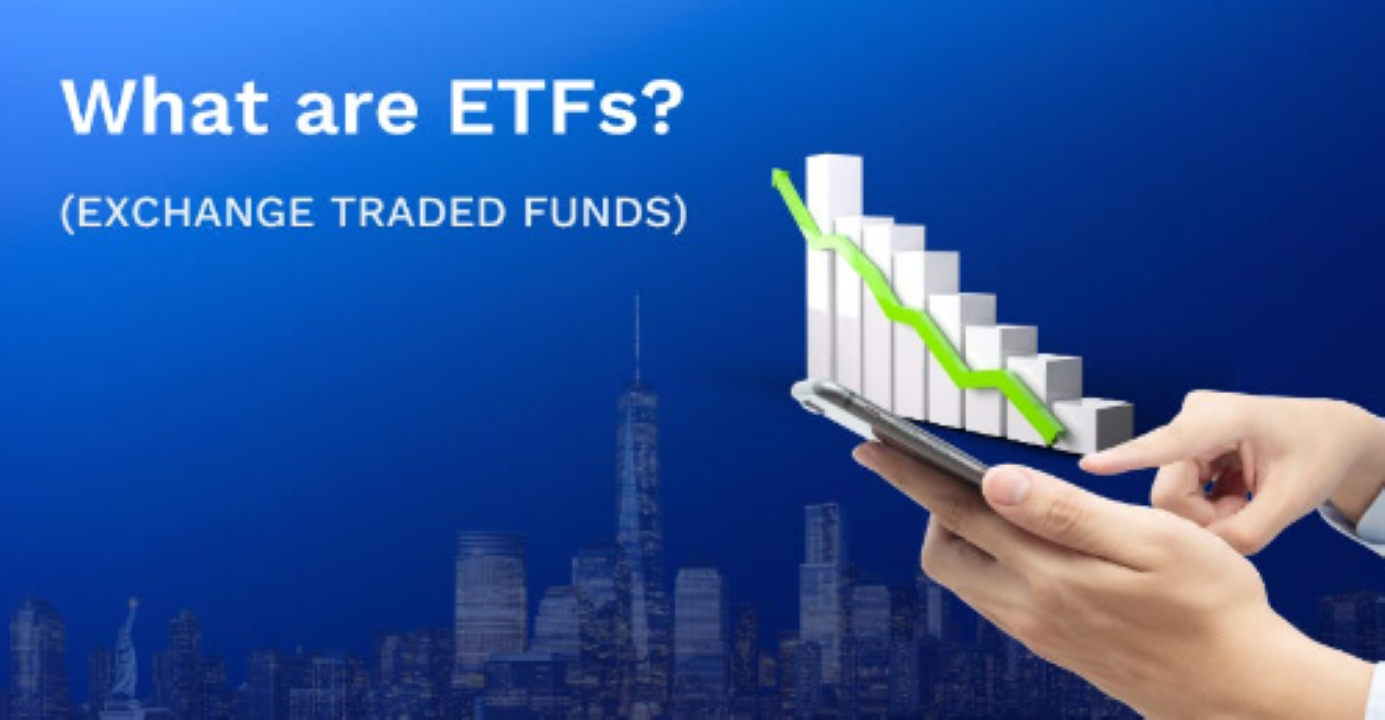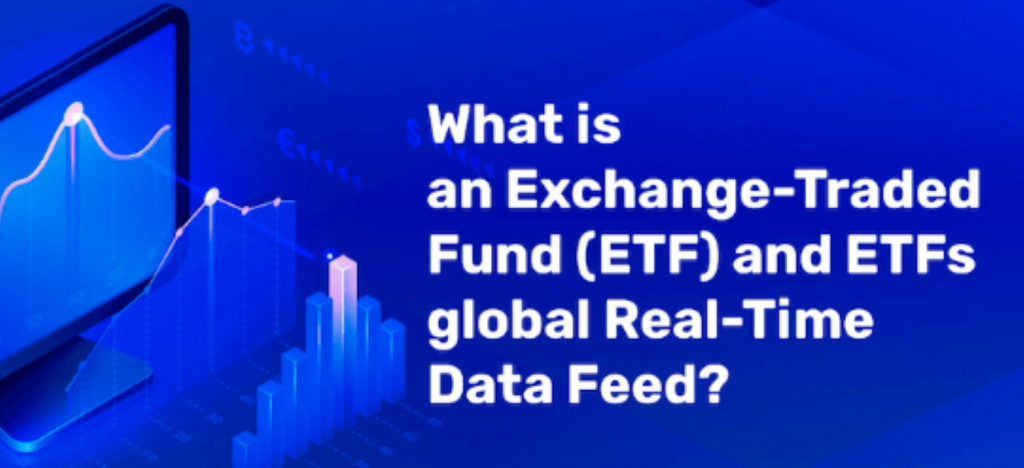
James Carter
VOO vs FNILX: Which ETF is Right for Your Portfolio?

Exchange-traded funds, also known as ETFs, are a popular choice among investors who are interested in diversifying the holdings in their portfolios. In recent years, an increasing amount of focus has been placed on exchange-traded funds (ETFs) such as VOO and FNILX. In this article, a comprehensive comparison of VOO and FNILX will be provided, taking into account their investment goals, management styles, fees, historical performance, and critical advantages.
Definition of VOO and FNILX
The Vanguard S&P 500 Exchange Traded Fund, also known as VOO, is a type of index fund that replicates the performance of the S&P 500 Index. The performance of the 500 largest companies whose shares are traded on the stock markets in the United States is summarized by the S&P 500 Index. The exchange-traded fund (ETF) offers exposure to a diverse range of industries, such as the technology sector, the healthcare industry, the financial sector, and the consumer goods sector.
Franklin FTSE International Equity ETF, also known as FNILX, is a type of index fund that mirrors the performance of the MSCI ACWI ex-U.S. Index. This index measures the growth of large and mid-cap companies that are listed in countries other than the United States of America. The exchange-traded fund (ETF) gives investors access to a variety of international markets, such as those in Europe, Asia, and emerging markets, and it covers a wide range of industries, such as the energy, materials, and telecommunications sectors.
Investment Objectives
When deciding which ETF to add to your portfolio, it is vital to keep in mind that VOO and FNILX have distinct investment focuses that should be taken into consideration.
- VOO: S&P 500 Index Fund
VOO will pay close attention to how the S&P 500 Index, which is made up of 500 of the most important companies in the United States, does. The exchange-traded fund (ETF) offers investors the opportunity to gain exposure to a wide variety of market sectors while also aiming to deliver long-term capital appreciation. VOO is an index fund, so its primary objective is not to outperform the performance of the S&P 500 Index but instead to replicate that index’s performance.
- FNILX: MSCI ACWI ex-U.S. Index Fund
The performance of the MSCI ACWI ex-U.S. Index, which is comprised of large and mid-cap companies listed in countries other than the United States, is intended to be replicated by FNILX. The exchange-traded fund (ETF) offers investors the opportunity to gain exposure to a variety of international markets, such as those in Europe, Asia, and emerging markets, with the end goal of providing long-term capital appreciation. Rather than trying to outperform its benchmark index, FNILX’s goal is to produce results that are identical to those of the index.
- Management Style
Both VOO and FNILX are examples of exchange-traded funds that are managed in a passive manner, which means that their primary objective is to replicate the performance of the indices that serve as their benchmarks rather than to try to outperform those indices. When compared to actively managed funds, the fees associated with this approach are significantly lower, and the tax efficiency is dramatically improved.
2. Fees
The expense ratios of passively managed exchange-traded funds (ETFs) are typically relatively low, and VOO and FNILX are no exceptions to this rule.
3. VOO: Low Expense Ratio
When compared to other index funds that track the S&P 500, VOO’s expense ratio of just 0.03% is one of the lowest available. Because of the standard fee structure, VOO is a good choice for investors who want to reduce their overall investment costs.
4. FNILX: Low Expense Ratio
Additionally, the expense ratio for FNILX is relatively low at 0.09%, which is a significantly lower figure than the average expense ratio for international stock ETFs. Because of the exchange’s standard fee structure, FNILX is a good choice for investors who want to keep their costs low while increasing their exposure to international markets.
6. Historical Performance
When deciding how to invest one’s money, it is essential to take into account the performance of an ETF over its entire history.
7. VOO: Strong Track Record
VOO has a solid track record, as evidenced by the fact that it has outperformed the S&P 500 Index for a number of years and has offered stable returns over the course of the long term. The exchange-traded fund (ETF) has produced returns that have been consistent with those of the S&P 500 Index despite benefiting from the robust performance of the U.S. stock market, particularly in the most recent years.
8. FNILX: Moderate Track Record
FNILX has a track record that is considered to be average, with returns that have, for the most part, been compared to those of its benchmark index, which is the MSCI ACWI ex-U.S. Index. Although the ETF had had periods of strong performance, especially in years when international markets outperformed the U.S. stock market, it has also had periods of underperformance. This is especially true in years when international markets outperformed the U.S. stock market. Because of the inconsistency of the performance of various regions and industries, as well as the volatility of the global market, this is to be anticipated.

Advantages of VOO
Investing in VOO is attractive for a number of important reasons, not the least of which is the company’s impressive track record.
- Access to Major Corporations in the United States
Investors are given access to some of the most well-established and prosperous businesses in the United States through the use of the VOO platform, which offers exposure to 500 of the largest companies in the United States. This provides a level of stability and security that is sometimes absent from international markets.
2. High Liquidity
With over 600 billion dollars in assets under management, VOO is one of the most significant exchange-traded funds (ETFs) in the entire world. Even during times of increased market volatility, investors are able to buy and sell shares of the ETF with relative ease as a result of the ETF’s high level of assets and market liquidity.
3. Lower Volatility
The S&P 500 Index has a lengthy track record of consistency, and VOO has, on average, demonstrated less volatility when compared to international markets. Because of this, VOO is an excellent choice for investors who are looking for a secure investment that delivers reliable returns over the course of a long period of time.
Advantages of FNILX
FNILX provides a number of benefits to investors who are looking to diversify their portfolios beyond the markets in the United States.
- Diversification Beyond U.S. Markets
FNILX gives investors the opportunity to diversify their portfolios beyond the borders of the United States by providing exposure to international markets. These global markets include Europe, Asia, and emerging markets. This can help reduce the risk of investing solely in the needs of the United States and provide exposure to various geographical areas and business sectors with varying prospects for growth.
2. Exposure to International Growth Opportunities
Investors can find significant opportunities for growth by focusing their attention on international markets, particularly emerging markets. As a result of FNILX’s provision of exposure to these markets, investors are provided with the opportunity to take part in the growth potential of these markets over the long term.
3. Lower Correlation with U.S. Market
Historically speaking, international markets, such as those represented by FNILX, have exhibited a lower correlation with the stock market in the United States when compared to companies based in the United States. Consequently, the performance of investments made in FNILX may differ from that of investments made in U.S. markets. This results in a degree of diversification and a reduction in the overall risk of the portfolio.
WATCH THE VIDEO BELOW FOR MORE CLARIFICATION
Conclusion
VOO and FNILX are two popular exchange-traded funds (ETFs) that provide investors with a variety of opportunities to invest their money. VOO gives investors access to 500 of the largest companies in the United States and has a proven track record of success, whereas FNILX offers investors access to international markets and the possibility of diversification beyond the borders of the United States. Both exchange-traded funds (ETFs) are managed in a passive manner, have relatively low expense ratios, and provide investors with essential benefits. The choice between VOO and FNILX is one that will be determined by an individual’s investment objectives, level of comfort with risk, investment goals, and investment timeline.
Latest
Blockchain
09 May 2024
Blockchain
19 Apr 2024
Blockchain
16 Jan 2024
Blockchain
31 Aug 2023
Blockchain
24 Jun 2023
Blockchain
24 Jun 2023













